Register for free and continue reading
Join our growing army of changemakers and get unlimited access to our premium content
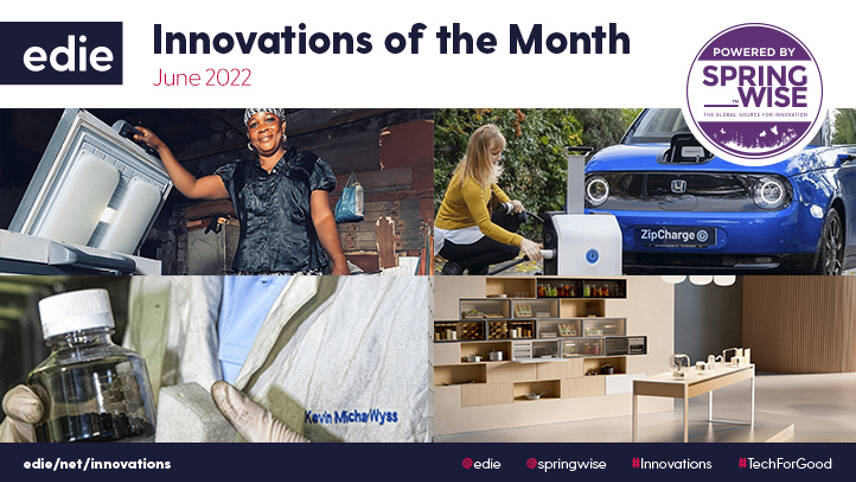
This month's innovations could make food systems more sustainable, improve EV uptake and recycle plastics from used cars
Food has been high on the sustainability agenda this month, with the global food crisis weighing heavy on hearts and minds and being a key discussion point at the G7 Summit. While this global issue requires responses internationally, how businesses and individuals choose and use food can reduce their environmental impact, saving emissions and resources.
The first three of our monthly innovations for June are therefore focused on the kitchen. A sustainable kitchen design encourages users to adopt healthier ‘planet friendly’ diets, while a countertop device converts food scraps into a dry product that can be used as compost or recycled. Many of us take our fridge for granted. But billions of people around the world lack access to refrigeration – a situation one startup is combatting with a solar-powered refrigeration unit.
Outside of the kitchen (but still in the home), a portable electric vehicle (EV) power bank can be charged up using a normal household socket at a cheaper cost than a public EV charger. In the future, cars charged using this power bank could incorporate graphene made from plastics extracted from old vehicles – another innovation we feature this month. And the cement used to build the garage housing the car could come from a cement kiln that utilises our final innovation – a solvent that captures the CO2 produced during cement production.
Read on to find out more.
Kitchens that promote sustainable diets
Image: Electrolux
Is the way we cook just as important to the future of our planet as the food we eat? Swedish appliance company Electrolux thinks so. The company has just launched GRO, a reimagining of the traditional kitchen that encourages sustainable and healthy cooking, following the EAT-Lancet planetary diet.
GRO, which means ‘to sprout’ in Swedish, is a smart kitchen range composed of modular compartments that can be adapted to any home, creating infinite personalised combinations.
The design includes a grain and pulse library to showcase the visual diversity of protein sources, as well as a Nordic smoker that infuses food with flavour, and a smart cooking companion that tracks eating habits and promotes more sustainable choices.
Next-generation food waste composting
Image: Clew
Roughly one-third of the food produced for human consumption is wasted or lost each year. While the majority of this waste happens in the agriculture supply chain, households also account for a big chunk – especially in nations like the UK. When food waste ends up in a landfill, it contributes significantly to methane emissions. In fact, if food waste were a country, it would be the third-largest contributor of methane emissions – behind only the US and China.
These facts inspired the founders of Clew to develop a home food waste recycler. The device is designed to rapidly process residential food waste, including avocado pits and most bones, into a dried product.
The countertop appliance uses an innovative shredding technology that can process harder food waste. The dried output can then be used as compost or sent to a recycling stream for further processing.
Solar fridges for off-grid communities
Image: Koolboks
As many as two billion people around the world do not have reliable refrigeration. This is largely down to a lack of access to reliable and affordable electricity. More than an annoyance, a lack of refrigeration makes it difficult to safely store food for long periods. This presents challenges relating to hygeine, food waste and gender equality – without fridges, low-income women are forced to spend more time sourcing and making food.
In response, Koolboks, a company based in France and Nigeria, is hoping to improve access to refrigeration using small-scale renewable electricity generation. The company has developed a solar-powered refrigeration unit that can generate continuous refrigeration for up to four days, even with only limited sunlight.
The Koolboks keeps food cool through a lithium-ion battery but also by using ice. The refrigerator makes ice while the sun shines, and when there is little sunlight or the battery is low, the ice can keep the refrigerator cold on its own.
Portable EV chargers
Image: ZipCharge
One fear for many electric vehicle (EV) owners is the thought of running out of juice miles from the nearest plug. Startup ZipCharge is poised to tackle this range anxiety with its ZipCharge Go portable charger. The company describes the Go as a ‘flexible and convenient charging solution’ for those without easy access to fixed charging points.
The portable power bank is about the size of a large suitcase. The idea is that users charge the Go from a household socket at a lower cost than using a public charger. They can then use it to charge their electric vehicle wherever it is parked. When charging the Go at home, users can schedule charging for off-peak hours, when electricity is cheapest, through an app.
ZipCharge plans to offer the Go on a subscription service, starting at £49 a month. It will also offer the device for sale at around the same cost as a fully-installed home charging port.
Carbon capture for the cement sector
Image: Hanson
Cement is one of the most popular building materials worldwide – but the process of creating it is emissions-intensive, with cement production accounting for 8% of global annual carbon dioxide emissions. Now, materials company Hanson is trialling a new solution to capture carbon emissions at its Ketton cement works in Rutland, UK.
As ground limestone and clay are heated to create cement, carbon dioxide is released as a by-product. The technology, called C-Capture, uses a solvent to selectively capture the CO2 produced. It claims to use 40% less energy than other carbon capture solutions, which significantly reduces the cost of decarbonisation.
The system can be retrofitted to existing cement kilns or designed into new ones, and the CO2 captured can be compressed and sent for storage in safe, geological reserves or utilised in other industries.
Recycling plastic from old vehicles into graphene
Image: Jeff Tetlow, Rice University
Graphene has long been considered something of a wonder material. Made of a single layer of carbon atoms arranged in a honeycomb-like lattice structure, the material has been used for a range of applications such as paints, sensors, electronics, and solar panels.
Now, a partnership between Rice University researchers and the Ford Motor Company, has added car parts to the growing list of graphene’s uses. The graphene for the parts can be made from difficult-to-recycle plastics found in old vehicles.
The Rice-Ford research team used a process called Flash Joule Heating to convert mixed plastic into graphene that can be used to reinforce new car parts. And the researchers have put the process to the test using plastic from the bumpers, gaskets, carpets, mats, seating. and door casings of old Ford pickup trucks.
edie’s content partner Springwise is the leading global innovation intelligence platform for positive and sustainable change. For the last 20 years, it has been uncovering and curating the most innovative thinking and ideas on the planet. Today, with a library of more than 11,000 global innovations, Springwise is trusted by thought-leaders, entrepreneurs, investors, educators, and tech disruptors as the leading source of inspirational ideas that matter.
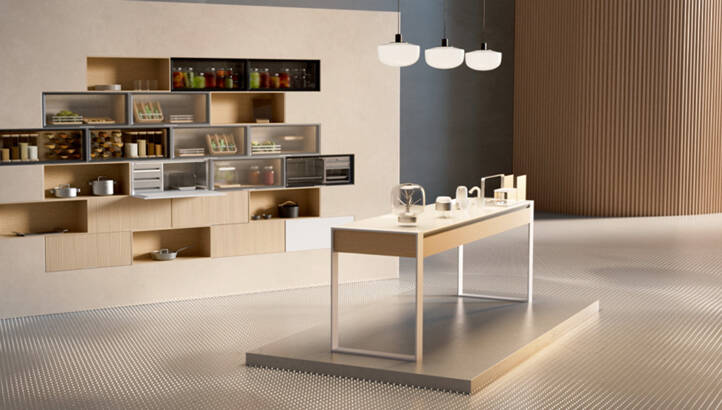

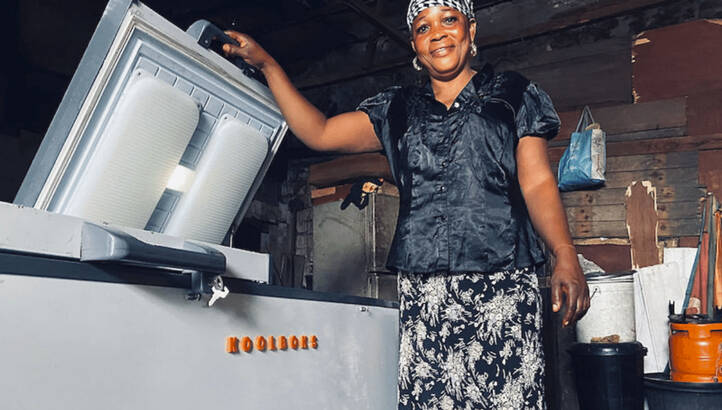
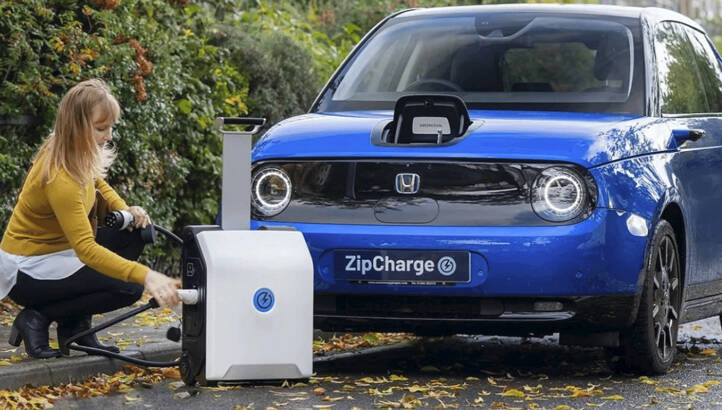
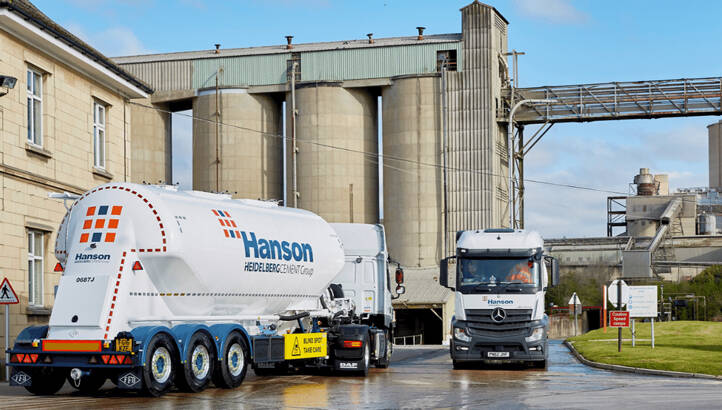



Please login or Register to leave a comment.